
Women have contributed more inventions throughout history than most people realize. Ideas sparked in kitchens or workshops have reshaped how people live. Their stories are often overlooked, hidden behind the inventions they created. Let’s shine a little light on the creative minds behind these unexpected breakthroughs.
Windshield Wipers
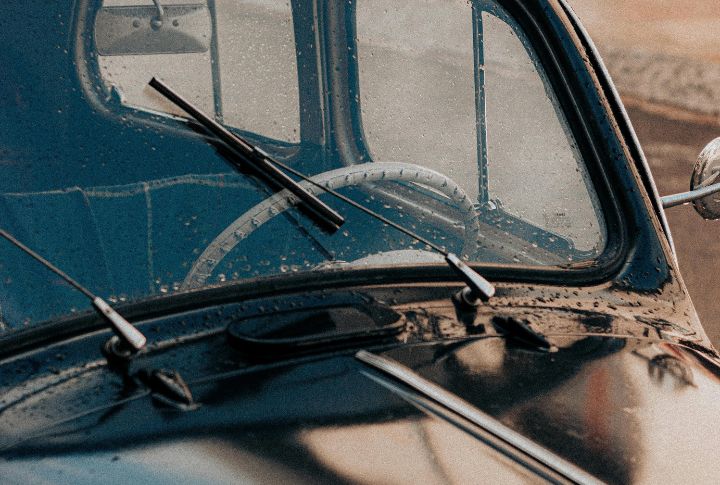
Driving through rain became safer after a woman figured out how to clear the view. In 1903, Mary Anderson invented the windshield wiper after noticing trolley drivers struggling to see through the rain by leaning out into the storm. Her design didn’t catch on immediately, but it sure stuck around.
Home Security System
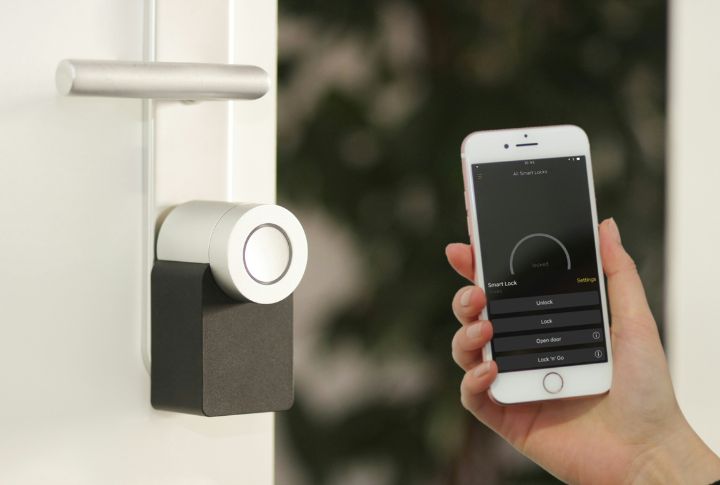
A woman who was both a nurse and an inventor thought up a clever way to watch over her home. Marie Van Brittan Brown designed an early version of the home security system in 1966 using peepholes with a sliding camera and a monitor. It inspired later systems used in homes today.
Chocolate Chip Cookies

The most popular cookie in America started in a small Massachusetts inn. In the late 1930s, Ruth Wakefield crafted the chocolate chip cookie by purposefully mixing chunks of Nestle chocolate into her cookie dough. The results were a hit, and Nestle later printed her recipe in exchange for a lifetime supply.
Computer Programming

Typing instructions into machines didn’t begin with Silicon Valley. In the 1800s, Ada Lovelace imagined how a mechanical computer could follow code. She wrote out detailed instructions for calculations, which we now recognize as the first computer program ever created.
Monopoly’s Original Concept
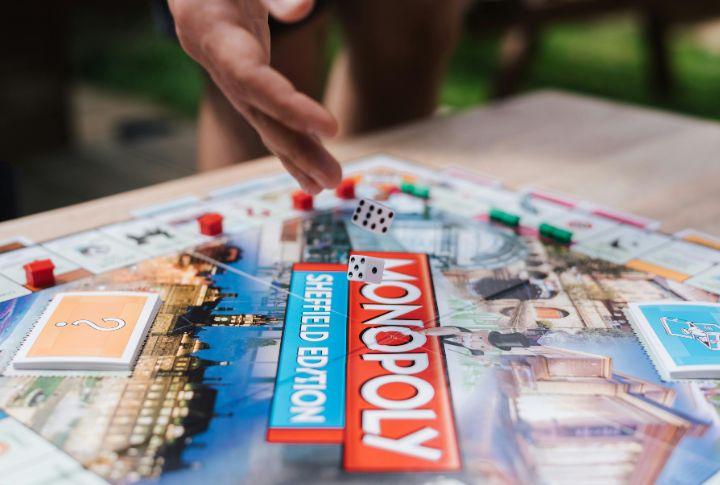
Before Monopoly rose to household fame, Elizabeth Magie developed a board game showing how land ownership could concentrate wealth. She patented it in 1904. Years later, a man pitched a nearly identical version. Magie’s name faded, but her concept became one of the best-selling games ever.
The Circular Saw

In the early 1800s, a Shaker named Tabitha Babbitt suggested using a circular blade instead of the inefficient back-and-forth saw. While she never took ownership of her idea, community records credit her with the innovation. Later versions of the circular saw adopted a similar design for faster, smoother cutting.
The Dishwasher
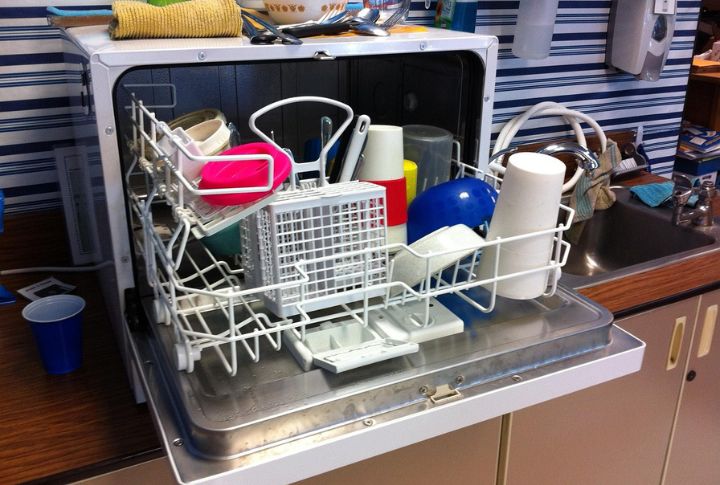
Hand-washing a pile of dishes wasn’t the only way to clean up after dinner. In 1886, Josephine Cochrane invented a mechanical dishwasher after her fine china kept getting chipped. She designed a system powered by water pressure over scrubbing, and the method eventually shaped how modern dishwashers work.
Kevlar
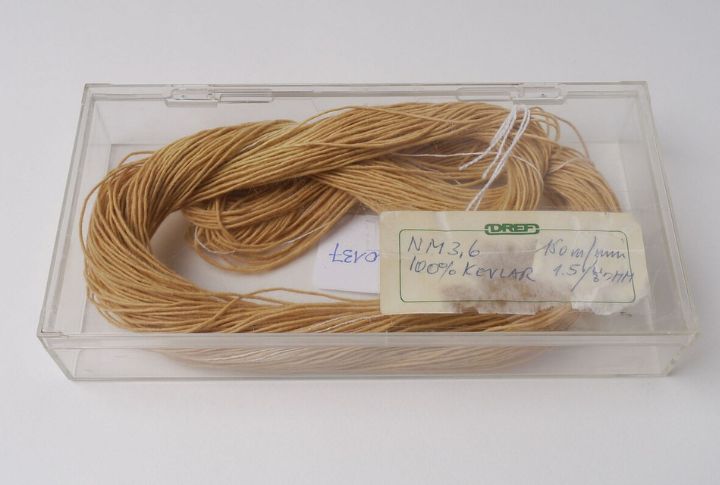
Stephanie Kwolek didn’t walk into the lab planning to invent body armor material. She was developing new fibers for car tires when one batch turned out unusually stiff and incredibly strong. Tests revealed it was stronger than steel, launching Kevlar into everything from bulletproof vests to space gear.
Paper Bags With Flat Bottoms

Carrying groceries would be awkward without a flat-bottomed paper bag. Margaret Knight invented a machine that could fold and glue them into shape. She had to fight a patent dispute when someone tried to patent her idea, but she proved she designed it and won the case.
Fire Escape Ladder
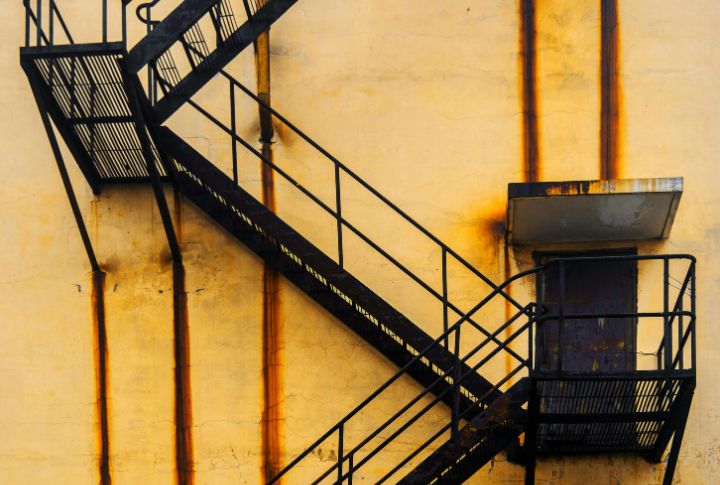
Emergency exits looked very different before 1887. That year, Anna Connelly trademarked the first external fire escape bridge, a steel platform connected by ladders. Her idea provided a safe exit from the upper floors, especially in crowded city buildings. It quickly became a standard safety feature across American architecture.
Scotchgard
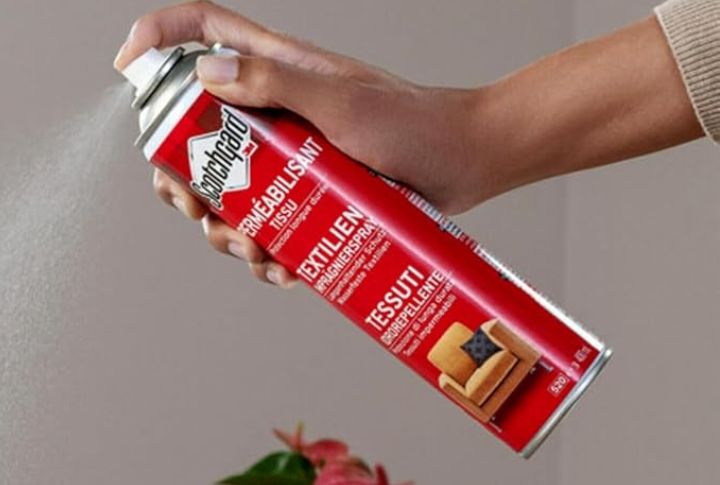
Thanks to a surprising lab mishap, keeping fabrics stain-resistant became much simpler. While working at 3M in the 1950s, Patsy Sherman and her colleague Sam Smith developed Scotchgard after noticing a spill that wouldn’t wash out. Their joint discovery became a long-lasting protector for clothes, carpets, and upholstery.
The Compiler

Speaking to computers in plain English wasn’t always possible. Grace Hopper changed that by creating the first compiler, a tool that translates written code into a language that a computer understands. Her invention paved the way for user-friendly programming and made modern software development possible.
Solar-Powered Inflatable Light

Disaster zones and off-grid areas gained a bright idea in 2010 when Anna Stork and Andrea Sreshta co-invented LuminAID. This solar-powered, inflatable light charges daily and glows for hours at night. Created after the Haiti earthquake, it’s now used worldwide for emergency aid, outdoor adventures, and humanitarian work.
Solar House Design

Architect Eleanor Raymond and biophysicist Maria Telkes boosted sustainable housing. In 1948, they built one of the first solar-heated homes in Massachusetts. Using solar panels and heat storage materials, they proved the sun could warm a house. It was decades before green energy became trendy.
Retractable Dog Leash
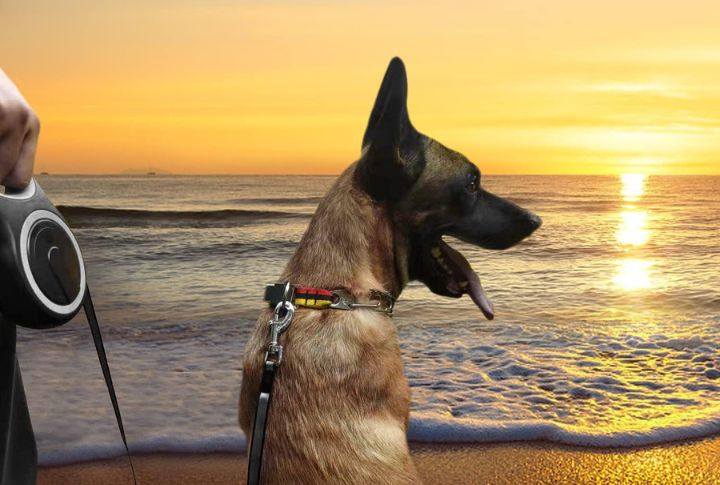
Walking a dog felt easier once a woman reimagined what a leash could do. Mary A. Delaney patented a retractable dog leash in the early 1900s, allowing pets more freedom without losing control. The concept gradually developed into the versions pet owners use today.
Submarine Periscope Improvements

People had no reliable way to view beneath the water’s surface until Sarah Mather owned a “submarine telescope” in 1845. Her invention allowed people to observe beneath the surface without diving. Though it wasn’t a periscope by today’s standards, her work helped shape the early development of naval observation tools.
Ice Cream Maker
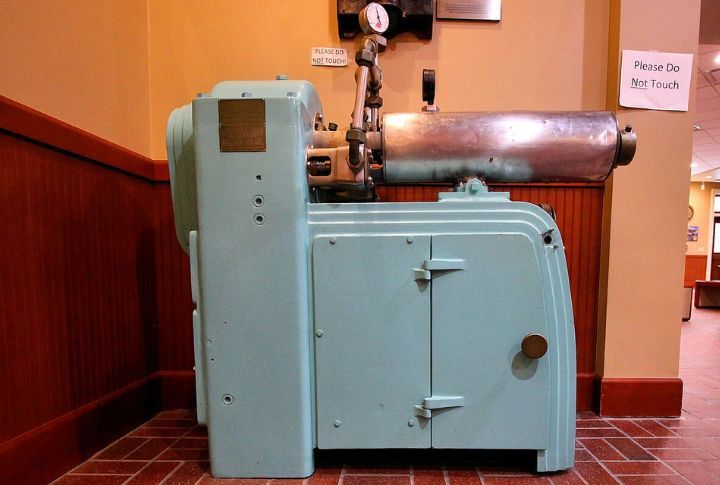
Churning ice cream by hand was time-consuming until a woman came up with a shortcut. Nancy Johnson created the hand-cranked ice cream freezer in 1843, cutting the work and speeding up dessert time. Her device was simple but effective, and the patent led to many spinoffs.
The Life Raft

Staying safe at sea gained a significant upgrade with the inflatable life raft. In the late 1800s, Maria Beasley designed a collapsible, fireproof raft that could be easily stored and quickly deployed. Her practical invention saved lives, especially during maritime disasters.
Signal Flares For Naval Use

Color-coded maritime communication became possible thanks to Martha Coston. In 1859, she patented a system of night signal flares based on her late husband’s notes and her own improvements. The U.S. Navy soon adopted the flares, which helped ships coordinate under darkness and during high-stakes operations.
The Aquarium

Bringing sea life indoors wasn’t always possible until Jeanne Villepreux-Power, a 19th-century French naturalist, created one of the first glass aquariums to study marine life. Her invention helped scientists observe aquatic creatures closely and gave the world a new way to appreciate underwater ecosystems at home.

Comments
Loading…